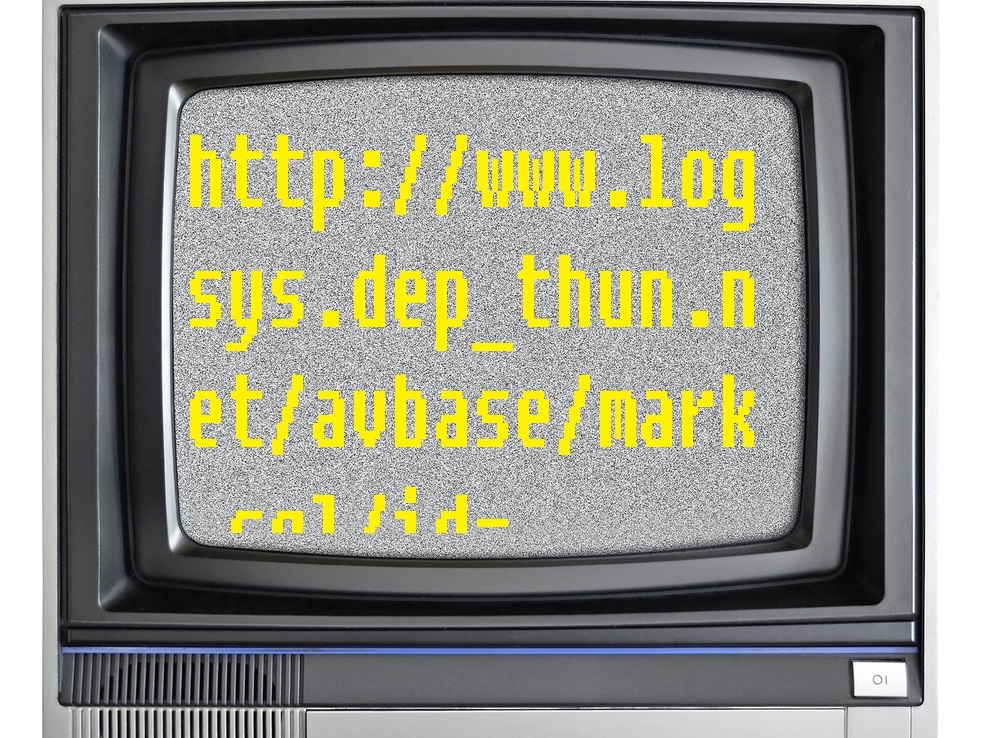Content marketing is supposed to use every single tool available, but there’s one many brands shy away from: Outbound links. The thinking is that sending visitors away undoes all of the good that organic traffic and referral volumes bring, but that assumption ignores how important links are to the internet on the whole. More importantly, it misses the point of links in general: to improve the value of content.
In 1945, Vannevar Bush, the head of The Office of Scientific Research and Development during World War II, published an incredibly influential essay in The Atlantic called As We May Think. In it, he described what he saw as the future of human thought. The essay outlined a memex, or a set of microfilm documents tethered by physical connections that he called “links.” He further elaborated:
Consider a future device for individual use, which is a sort of mechanized private file and library… A memex is a device in which an individual stores all his books, records, and communications, and which is mechanized so that it may be consulted with exceeding speed and flexibility. It is an enlarged intimate supplement to his memory.
What he described, in essence, is the internet. At the time, this was a radical proposition, but like science fiction writers of the past, much of what he outlined came to pass – albeit in a much different form.
The heart of his proposed invention was that documents could be linked – something that we take for granted today. When it comes to content marketing, we usually think in terms of getting inbound links – and how we can get more. Sometimes, marketers take the sheer power of links for granted and don’t treat them like the valuable tools they are.
A link to content of the past

When the World Wide Web was still in its infancy, Google founders Larry Page and Sergey Brin coauthored a research paper called The Anatomy of a Large-Scale Hypertextual Web Search Engine. The Google we know and use today began with an attempt to build a better search engine. Their biggest innovation was to use links, which were already common features of hypertext on the internet, to establish page importance.
The original idea for PageRank came from an understanding of the way that academic papers function:
Academic citation literature has been applied to the web, largely by counting citations or backlinks to a given page. This gives some approximation of a page’s importance or quality. PageRank extends this idea by not counting links from all pages equally, and by normalizing by the number of links on a page
This was where the importance of links was established. Page and Brin wanted to come up with a tool for searching through hundreds and thousands of pages, and what they came up with was to quantify the connections among them. The more times a page was linked to (or cited), the more value it probably had. And while this may not have proved to be the most sophisticated way to evaluate a page’s quality, it was a system for objectively determining a page’s relative authority.
DOA: Link sharing, guest blogging and buying influence
Companies want all the links they can get for their websites. Inbound links are still an important part of the way Google works even 20 years after the paper that started it all.
Ultimately, Google wants to reward high-quality content that answers the questions users type into search fields. Analyzing links just happens to the best way for the company’s software to seek out the best pages on the web, but it’s continuously trying to eliminate deceptive practices meant to game the system – many of which are focused on links. Every time a new algorithm is released, more tricks are eliminated – so it’s in every brand’s best interest to play by Google’s rules, because soon it will find a way to enforce them.
What Google wants, and what Google needs
To understand how Google wants sites to treat links, imagine that hyperlinks had nothing to do with SEO performance. That’s probably how it will work years from now anyways. Consider these best practices for a linking strategy that follows Google’s preferences and ultimately improves the quality of copy for readers.
Use hyperlinks as a frame of reference
History books, technical manuals, textbooks and even some novels have footnotes to give readers some background information that might not fit in the body of the text. On the internet, this means that instead of turning to the back of a book or consulting another page, users can just make a single click to see other information that they might find interesting or useful. Google uses links as a means of establishing authority simply because content with lots of references are usually more useful than plain copy.
Links are also good for citation purposes. Most brands don’t have their own reporters or in-depth researchers – they’re finding out about industry developments on the internet. So to demonstrate that they aren’t making up stories, they can use links to offer proof. Not only does this establish trust among discerning readers – it proves to Google that all the stories are legitimate.
Put the right touch on links for emphasis
Links aren’t any good if users don’t know where they are or what they are. They should be colorful and prominent, if for no other reason than the anchor text is going to get a little more scrutiny than the rest of the website’s copy. Users are also beginning to expect more information when clickable, color-highlighted text appears.
Make sure they work
Of course, as a website grows and adds more content over time, the chances that links will go out of date or change rise. A bad link doesn’t just reflect poorly on a brand – it no longer serves its original purpose of providing additional information to users. There are plenty of free link-checking services online, but a truly thorough audit should be conducted with a webmaster partner to assess every single hyperlink on a site.
Make brands part of the web, literally
No matter who we ask – Vannevar Bush, Larry Page or Sergey Brin – the miracle of the internet is that so much information is so well-connected. If documents stood alone and could be shared in the blink of an eye, we would have a fantastic informational system on our hands. It literally is a World Wide Web, and brands that want to be a part of it need to present themselves properly to attract users. A good, thorough and honest use of links is one of the most important ways to do so.



